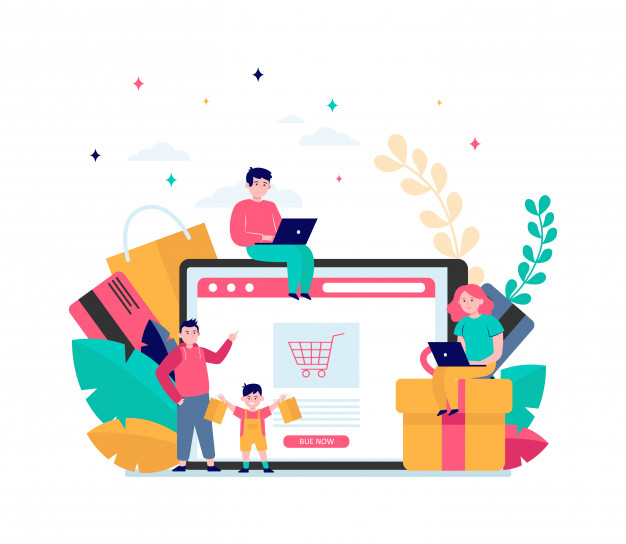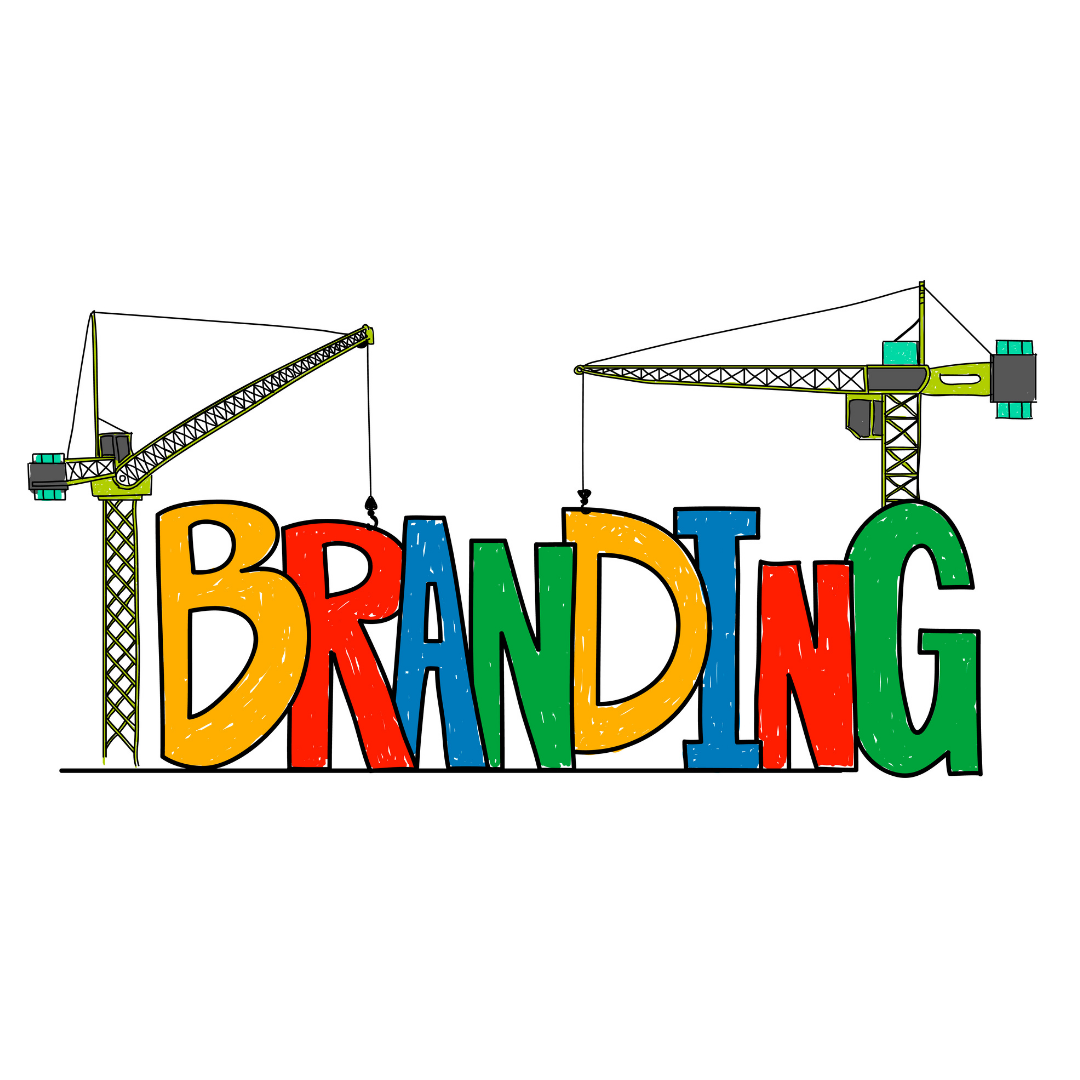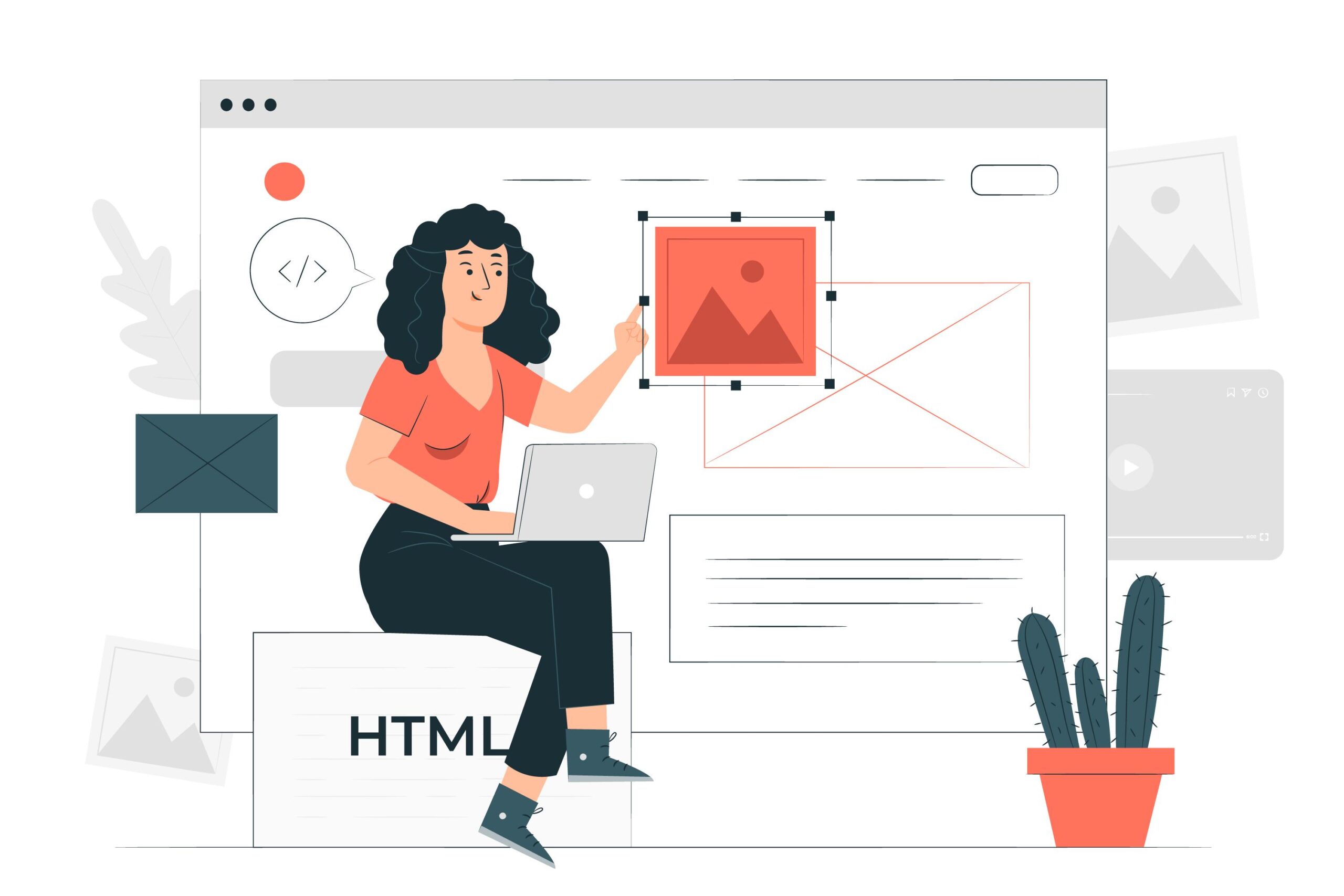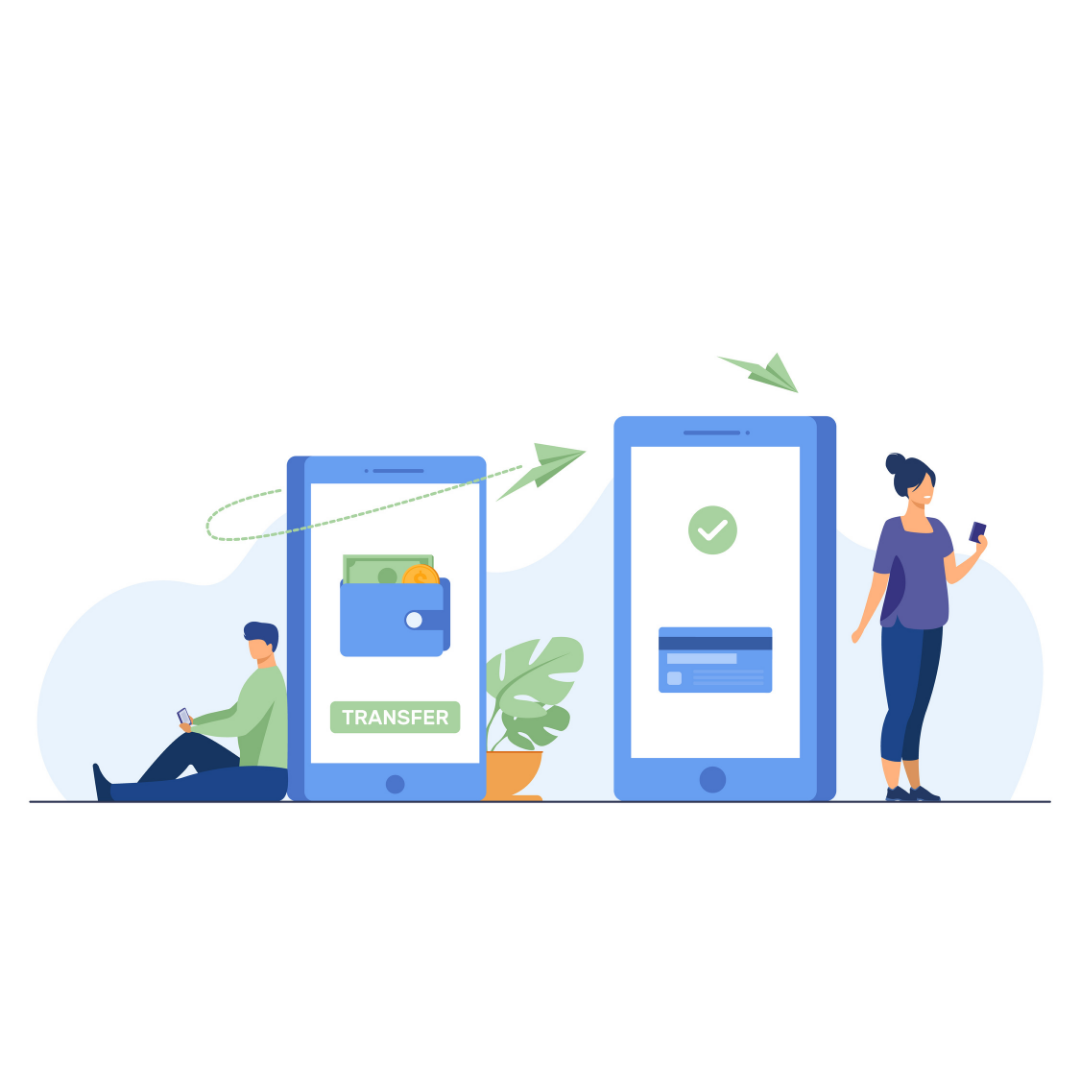E-Commerce Marketing Made Simple
With majorly all purchasing decisions taking place digitally and customers researching their needs online, E-Commerce Marketing has become increasingly significant for your business’s growth. E-Commerce marketing complements your digital marketing strategy. This happens as E-commerce marketing utilizes different digital channels to grow your business. According to SEMrush, there has been a +36% traffic increase across all the E-commerce categories during the COVID- 19 pandemic. Hence, E-Commerce marketing needs to be a part of your business plan. Before we dive into the intricacies of E-Commerce Marketing, let us get our basics right.
What is E-Commerce Marketing?
Ecommerce marketing refers to the act of driving awareness and action towards a business that sells its product or service electronically. Simply put, the products and services offered by your business are being sold online. This can be achieved with a few options like an E-Commerce website or store, enabling/utilizing social commerce or via marketplaces like Amazon and Flipkart. Social commerce can be channeled as well. It is a part of E-Commerce marketing wherein social media platforms are utilized to sell one’s products and services. According to recent reports, 59% of smartphone users favor businesses with mobile sites or apps that enable them to make purchases easily and quickly. With that being said, let’s understand how E-Commerce Marketing can help your business amplify its growth.
Benefits of E-Commerce Marketing:
Enabling E-Commerce Marketing can help your business reach various business goals. Some of them are briefly mentioned below.
- Availability- E-commerce sites make you available 24×7, allowing visitors to browse and shop at any time as per their convenience. Overcome geographical boundaries and be accessible for your customers with an E-Commerce plan. Let your visitors browse product category pages and use the site search feature to find the product immediately.
- Speed of access- E-Commerce provides the ease of operation and enhances the customer experience. Product pages and shopping cart pages load in a few seconds or less. An e-commerce transaction can comprise a few clicks and take less than five minutes.
- International reach- With e-commerce, your business can sell to any customer who can access the web. E-commerce has the potential to extend your business’ customer base globally. Reach a diverse set of audiences with E-commerce marketing.
- Personalization and product recommendations- E-commerce sites can track visitors’ browse, search and purchase history. This can leverage the available data to present useful and personalized product recommendations. This can be seen on Amazon product pages labeled “Frequently bought together” and “Customers who viewed this item also viewed.” that are displayed.
Now, it is time to know different types of E-Commerce Marketing.
Types of E-Commerce Marketing:
- Social Media Marketing: Leverage your social media for business success. Social media channels with shoppable features work really well to persuade customers into taking action. Facebook and Instagram shops are a great way to showcase your product range and help your customers make buying decisions without leaving the platform. Utilising the visuals, it is one of the most popular types of E-Commerce marketing. With each day passing, social media platforms are rolling out features encouraging e-commerce businesses by providing them support and training along with friendly features.
- Content Marketing: Providing informative and relevant content increases customer understanding for your products and services besides improving your ranking on the search engines. This is done with the help of content marketing. By writing relevant blogs, creating FAQ and DIY videos, educate your customers and clarify their doubts related to your products and services.
- Search Engine Marketing: With customers researching for every product online, it is important to be present on the search engines. Search engine marketing helps you reach the right audience in the right place. Ensure that your business is visible on search engines by considering ranking factors that matters. This also includes Pay Per Click and Ad campaigns helping your business stay on the top of results page.
- Email Marketing: Email marketing holds a valuable place when it comes to eCommerce. It is the oldest way of E-Commerce marketing. With automation, successful email campaigns can drive your sales and retarget your customers. It is essential for post-follow purchases, building strong relationship with your customers.
Besides, these Social commerce and Marketplaces can be a part of your strategy as well.
Now that we thoroughly understand what E-Commerce marketing and its benefits is along with the options we have. It is time to get started with your E-Commerce setup.
How to start an E-Commerce website or a store?
In case you are just starting your business, the first two steps are solely for you. For businesses, who have already started their journey but are not able to get desired results, your plan starts from step three.
- Product Research- Your first step is to know the products and services you plan to sell directly to your consumers. Once you finalize your offerings, obtain the products and get ready for the next stage in your journey.
- Research and plan- Evaluate your business idea and plan strategically. Analyze your competitors and learn from their strategies and models as well. Having a roadmap is essential for achieving your goals.
- Setting up the E-Commerce business- Finally, decide the name and logo of your venture, choose the type of E-Commerce marketing suiting your goals and vision. Optimize your E-Commerce applying SEO techniques and decide the sales channel.
- Launching your E-Commerce platform- Prepare for the launch of your E-commerce platform and get started.
- Post-launch- Once you launch it, it is time to market your store and reach out to your potential clients effectively via various channels.
Get, set, grow (online) with SavvyTree. Build your E-commerce website with us. Contact now for a consultation.
Why Branding Matters For Your Business
What makes your business different as compared to the vast number of your competitors in the industry? The question of what makes you unique is a reason enough for getting started with branding for your business. Your business is more than just the products and services you offer to the customers. It comes along with an experience, which keeps your customer loyal and engaged for a considerable period of time. It is time to turn your business into a recognized brand. Before we dive into how you can start with your branding journey, let us clear the fundamentals of branding.
Brand refers to a feature or set of features that distinguish one organization from another. A brand typically comprises a name, tagline, logo or symbol, design, brand voice, and much more. A brand provides an overall experience to the customer undergoing when interacting with your business — as a shopper, customer, social media follower, or mere passerby. The association of Coca-Cola with Open Happiness, Maggi with 2 minute mein khushiyan, Have a break, Have a KitKat or Amazon’s Aapki Apni Dukaan is all about that experience they provide besides the products and services they offer. Branding and rebranding helps your business provide a memorable and long-lasting experience to your prospective as well as existing customers.
Therefore, branding is nothing but the process of creating your business’s unique identity and helping your customers recognize as well as distinguish in the marketplace. It is the journey of researching and developing your brand’s voice enabling customers to associate your brands with your products and services.
Now that we know what branding is, let us understand the benefits of branding for your business.
Why should you consider branding for your business?
Customer Awareness:
With so many options and alternatives available in the marketplace, branding helps in educating customers about your business with your distinguishing presence among your competitors. When done correctly, branding allows your business to give a consistent message using your brand voice while informing customers about your offered products and services.
Customer Recognition:
Once your branding is done correctly, it helps your customers identify your business with the help of your visual identity. Logo, tagline, packaging, consistent color palette, brand voice and like elements make it eye-catching and interesting for the customers. Branding therefore makes customers recall your brand using these eye-popping details.
Customer Loyalty:
Once your customers start interacting with your brand and buy your products and services, a good brand image and experience make the customers loyal followers of your brand. This means that they will re-engage as well as make repurchases.
Customer's Trust:
Did you know 81% of consumers said that they need to be able to trust the brand to buy them? (source) Therefore, developing a credible image in the minds of customers alongside the industry helps your business achieve its business goals. There cannot be a better example of how AirBnB established its credibility with the help of branding. Because of their credibility, the idea of BnB has been normalized.
Creating Consistent Brand Image:
With a common philosophy, color palette, typography, website, social media posts etc, branding helps you create a strong and consistent image in front of your customers. It allows them to differentiate and associate your brand with the visual aspects of branding. McDonald’s is a good example in this case. They have been consistently uniform. No matter which country you visit, McDonald’s will provide the same quality, experience, and food. Consumers appreciate this consistency and equal value regardless of the location.
With that being said, it is time to turn your business into a brand with SavvyTree.
How Can You Create Your Brand?
Decide your target audience-
The golden rule of branding as a part of your marketing strategy is to know your target audience well before making any advances. If your brand values don’t resonate well with customer’s interests and expectations, it would not help your business increase its awareness, credibility, revenue and achieve other business goals. Therefore, it is essential to understand your buyers before developing your branding strategy.
Your vision and mission-
Establishing the purpose of your business and utility of the offered products and services help customers understand your philosophy. This allows them to make a choice of interacting with your brand and why they should choose your brand among other options in the market.
Defining unique values and features-
As discussed in the beginning that your brand stands out in the crowd because of its uniqueness. Therefore, as we progress in your business’s branding journey, it is important to carve your niche by educating about what makes your products, services and brand as a whole special.
Visual aspects of your brand-
Once you have identified your strengths as a business and found your style, start with the visual assets of branding. Deciding on logo, catchy and relevant tagline, color palette, typography and other visual components is a part of this step. These are the primary things that help customers recognize and recall your brand. Therefore, it is a dire necessity to get your visual assets right. Seeking out professional help at this stage is important because poor visual aspects of your brand can severely impact your business.
Finding brand voice-
Once you are through with the visual aspects of branding, the next you should consider is the auditory component of your brand. Decide on how your brand would communicate the desired message to the audience such that it connects and resonates with them. Besides, here in this stage, you finalize your brand tone and keep it consistent throughout.
Putting branding into action-
Now is the time to execute your branding strategy in the following ways.
1. Website:
Website being an integral part of your online presence, create a positive image using your branding strategy. Adding logo, tagline, typography and color palette uniform reflecting your brand’s persona is required here.
2. Social Media
The content on your social media channels along with your profile pictures, bio, cover images etc communicate your brand message directly.
3. Product Packaging:
Product packaging is the most interesting as well as an important part of your branding journey. Designing creative and relevant packaging options can take your business from zero to one real quickly. It is the most tangible way of your business interacting with customers. Since packaging is the first thing that gets noticed, it cannot be neglected at any cost.
Finally, integrate branding in your marketing and advertising strategy as they go hand in hand. We hope this blog helped you understand the nuances of branding.
Build your brand now with SavvyTree. We will build your brand with passion and patience.
Social Media Marketing Made Easy
Checking out social media is the first thing we do in the morning. It is estimated that the number of global social media users is expected to reach almost 3.43 billion in 2023.
Why Do Small Businesses Need A Website?
As a small business owner, growth and recognition is of utmost importance. Creating a professional website for your business can be a cornerstone in your marketing journey.
India on its way to Digital Transformation
India’s 1.3 billion people are heading toward a robust digital transformation. India with more than 500 million internet users, is home to the world’s second largest internet user base. Improving standard of living in cities and increasing urbanisation in remote areas has paved a way for internet access and mobile phones into the lives of Indians and this is leading the country toward a Digital transformation. Recent trends in various online sectors such as digital payments, e-commerce spending and online gaming have been rising tremendously. Social distancing norms and lockdowns owing to COVID-19 further accelerated this growth.
Digital Payments
Unified Payments Interface (UPI) registered around 1.56 billion, the highest number of payments transacted for the first time ever in the month of August as per the data provided by National Payments Corporation Of India (NCPI). The monetary value of the transactions was 2.85 lakh crore. The month of July recorded around 1.49 crore transactions with a monetary value of 2.91 lakh crore, which was the highest until July.
The fear of exchanging currency notes, various sectors returning to normalcy, and changing patterns of consumers’ spending can be attributed to the massive growth witnessed by the digital sector. COVID-19 is a major force behind this digitisation as small businesses and consumers have now started to understand the importance of online transactions. They are more comfortable making payments digitally rather than using cash. A digital marketing company can help these businesses leverage this shift and boost their online presence.
The digital payments sector is staring at a future that is full of growth as Indian consumers are striving to change their payment habits. In a recent report by RedSeer Consulting, the digital payments market is expected to grow at over threefold to Rs. 7,092 trillion by 2025 from a market value of about Rs. 2,162 trillion in 2019-20. Also, the number of current users will increase by 5 times, rising from 160 million to around 800 million by 2025.
Online Spending
COVID-19 has changed the way India shops. People are now buying more online than from physical stores and malls. As per Unicommerce, a SaaS-based e-commerce platform, the e-commerce sector recovered by over 90% as compared to its pre-lockdown order volume. The recovery was much faster than anticipated, it was further noted.
The reasons behind this are manifold. The anxiety of going out and standing in lines, patiently waiting for their turns, is making people use online shopping places. Thus, the convenience, accessibility to the internet and need for safety are major drivers behind this shift in consumer behaviour.
A social media agency in Delhi can help local businesses target these changing consumer behaviours with more effective marketing strategies.
Online Gaming
India found a way to kill its boredom during the strongest lockdown imposed in the world. India’s gaming industry registered a 30% year-on-year growth. Paytm First Games which offers more than 100 games on its platform said its user base grew 200% during the lockdown period and it registered 90 million apps downloads.
India is one of the top gaming markets amongst emerging global economies with around 628 million gamers. The Indian online gaming industry is expected to be worth $1.1 billion dollars by 2021 as per a Google-KPMG Report.
India’s young population makes it an attractive choice for gaming companies. In India, where the average age is just 29 and with 75% of the population under the age of 45, the gaming industry has a lot of untapped potential.
With the improving standard of living and deep penetration of mobile phones and Internet, India comes second to the US when it comes to downloading games. A booming gaming sector is also responsible for the fervent trend. The number of online game development companies have risen to 275 in 2019 from just 25 in 2010.
Cheaper data, affordable mobile phones and a growing tech savvy population are the main drivers behind this transformation. Even the pandemic is responsible for the current scenario in many ways. In any way, the changes in the digital environment will do wonders for the country.
Sources: https://economictimes.indiatimes.com
https://yourstory.com
https://economictimes.indiatimes.com
https://economictimes.indiatimes.com
https://economictimes.indiatimes.com








